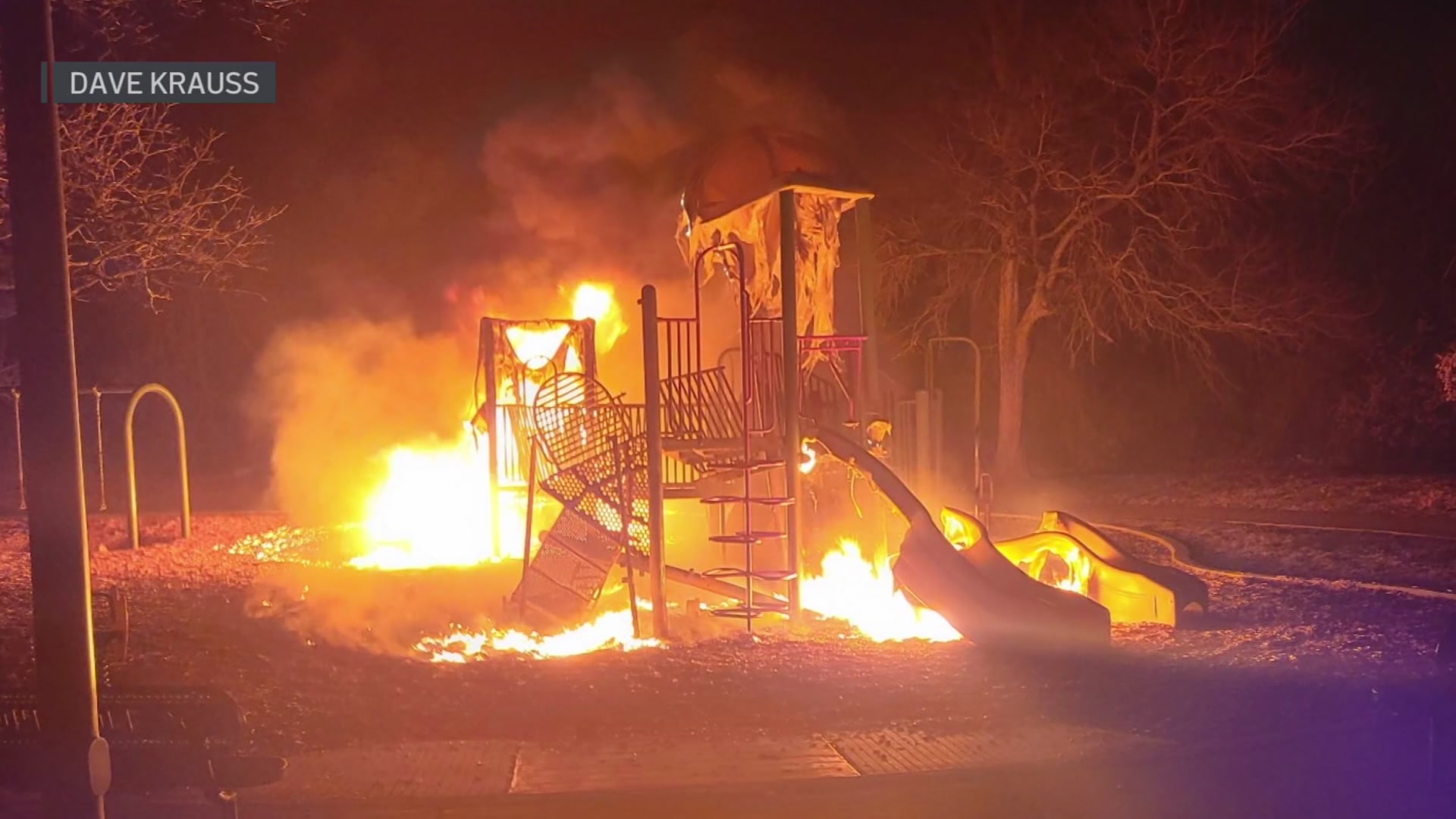Grainy video of a military helicopter colliding with an American Eagle flight reveals only part of the story—a puzzle investigators will work to piece together in the months ahead.
According to Dallas aviation attorney and pilot Ladd Sanger, the long-established flight paths along Route Four and Runway 33 at Ronald Reagan Washington National Airport have posed challenges.
Watch NBC 5 free wherever you are
“The air space around D.C. is some of the most restrictive, difficult air space in the country. There are restricted areas, prohibitive areas everywhere. There are helicopters flying low level down the Potomac all the time, day and night,” said Sanger. “Those two flight paths put the aircraft and the helicopter on a converging, conflicting path. That should never be approved."
On Thursday, a preliminary FAA safety report revealed that at the time of the crash, staffing in the D.C. control tower was not at normal levels for the amount of traffic and time of day.
Get top local stories in DFW delivered to you every morning with NBC DFW's News Headlines newsletter.
Typically, one controller focuses solely on helicopter traffic, but on Wednesday night, that position was combined with airplane control.
While the move is considered acceptable under FAA guidelines, Sanger believes it is likely to change following the crash.
“FAA ATC staffing is a chronic issue in the United States. It has been for some time. If you're a passenger, and you think your flights are more delayed than they ever have been, you're right because flow control at airports due to lack of staffing is a problem,” he said.
Local
The latest news from around North Texas.
He also pointed out key differences between civilian and military aircraft, including their onboard electronics and communication systems.
“The problem there is you have people talking on two different radios, and the airline does not have the benefit of hearing the communications with the military, so they don't have as much opportunity to have situational awareness and know what's happening,” he said.
Over the past year, the FAA has increased the time controllers get between shifts and limited consecutive overtime assignments.
This fall, the agency reported it had met its goal of hiring 1,800 controllers.
Still, airline executives and industry experts continue to push for more staffing improvements.



